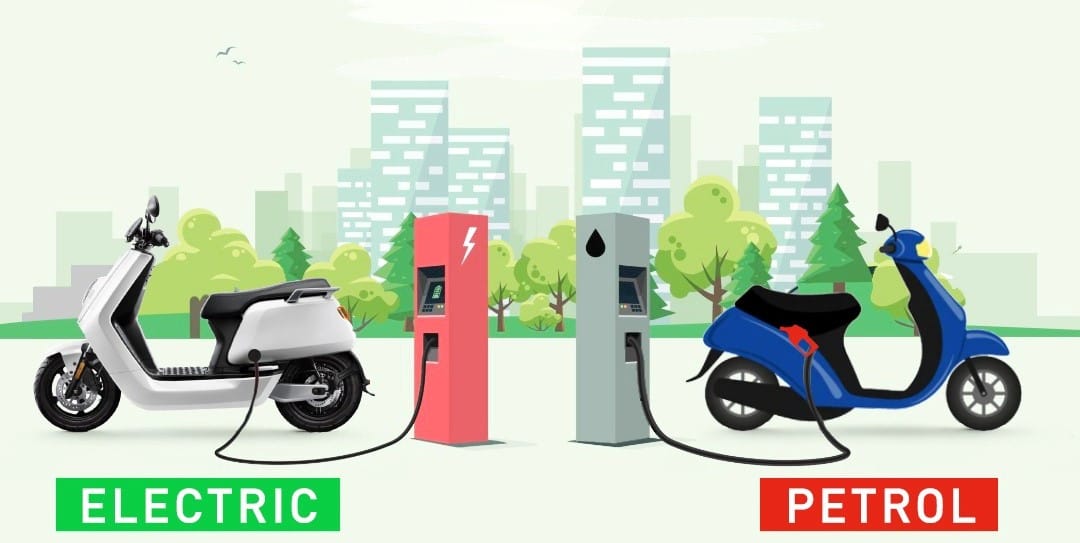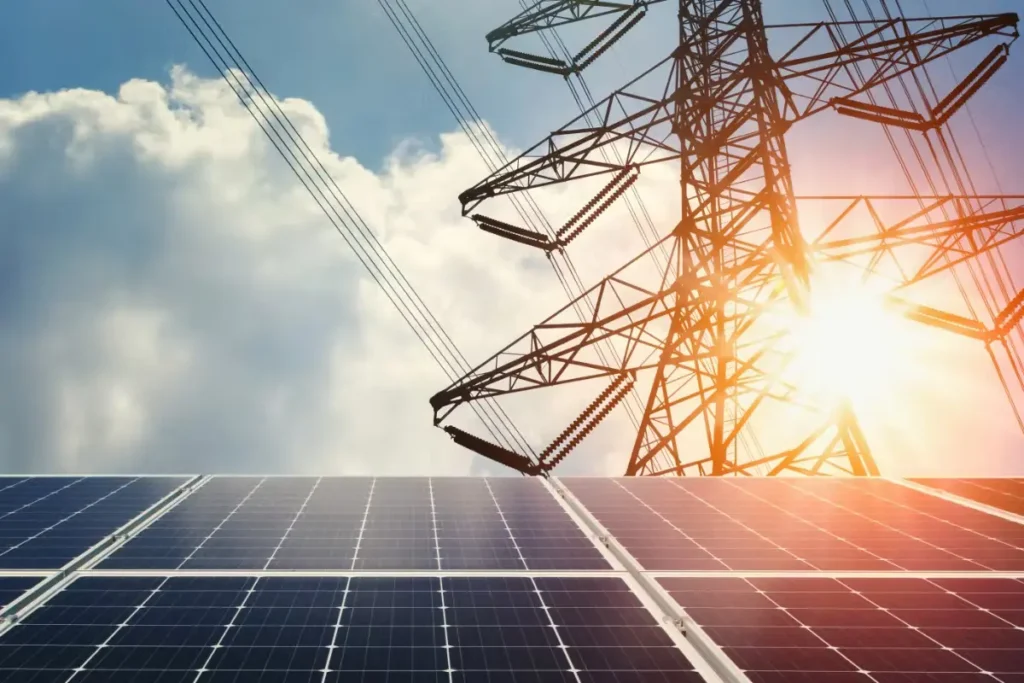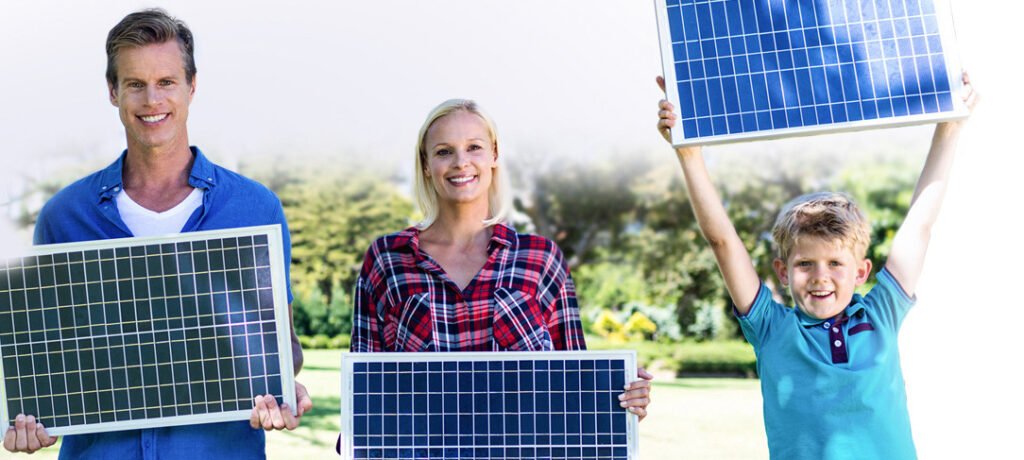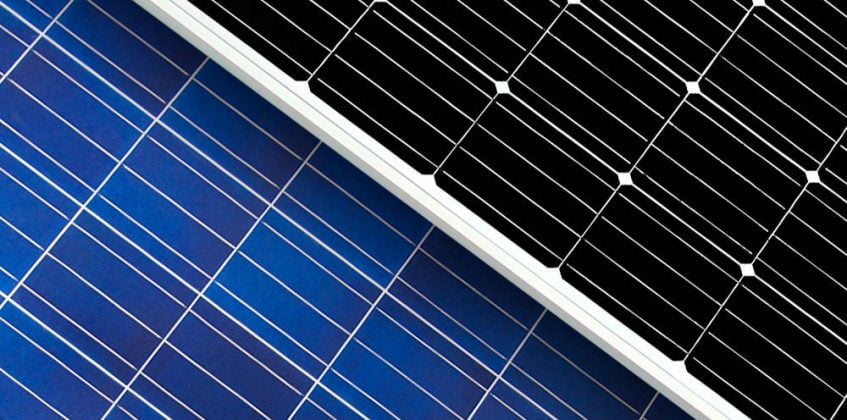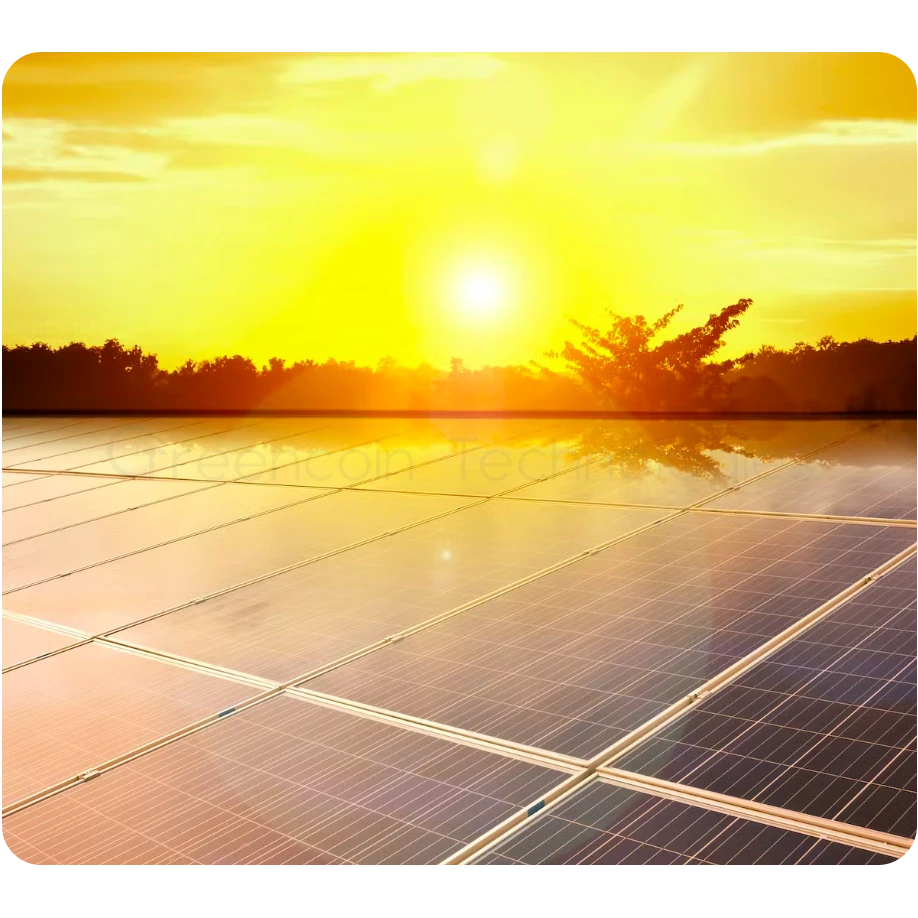Are Cheap Solar Panels & Inverters Worth the Risk in South Africa?
With loadshedding pushing more households and businesses toward solar, the market is flooded with “special deals” on panels and inverters. But while the promise of cheap solar can be tempting, the reality is that poor-quality products often lead to underperformance, early failure, and costly replacements. This guide explains what brands to avoid, which are considered top-tier and reliable, and how to spot red flags when shopping for panels and inverters. Why Cheap Solar Can Cost You More Many low-cost solar panels and inverters are imported with no clear warranty, no local distributor, and no track record. The result? You might save upfront, but within 2–3 years the system could fail—leaving you with expensive replacements and no support. Quick fact: A good panel should last 25+ years with at least an 80–85% efficiency guarantee by year 25.Cheap panels rarely carry these assurances. Choose Your Brand carefully South Africa has seen a rise in generic “no-name” solar brands, often sold at suspiciously low prices through online marketplaces or short-term importers. ⚠️ Be cautious of: Top-Tier Brands When it comes to panels, bankability and Tier 1 status are key. These companies are financially stable, with proven track records in manufacturing. Trusted Solar Panel Brands: Reliable Inverter Brands: Aspect Cheap Panels Top-Tier Panels Warranty Little to no warranty (> 5 years) 10–15 years product warranty + 25-year performance warranty Efficiency Lower efficiency (15–17%), drops quickly over time Higher efficiency (19–24%), gradual decline over decades Lifespan 5–10 years, often fails early 25+ years, designed for long-term stability After-Sales Support No local distributor, difficult or impossible to claim warranty Strong South African distribution network, dedicated warranty claim process Certifications Often missing IEC/TUV/UL certifications Internationally certified (IEC, TUV, UL) Traceability No serial numbers, generic labels Unique serial numbers and trackable datasheets Price Very cheap upfront but costly long-term Higher upfront cost but excellent long-term savings Risk High risk of underperformance, fire hazards, or being scammed Proven safety, reliability, and backed by global reputation Examples “Generic 550W Panel,” fake SolarWorld China, no-name imports JA Solar, LONGi, Jinko, Canadian Solar, Trina How to Choose the Right Panels Here’s a checklist when evaluating panels: Red Flags During a Panel Shopping Experience 🔍 Watch out for: Questions to Ask Before Buying Solar Panels When comparing options, ask your supplier: Final Word Solar is a long-term investment. While “cheap” panels or inverters might save you upfront, they often lead to higher costs, stress, and downtime later. By sticking to Tier 1 brands like JA Solar, LONGi, Canadian Solar, and Jinko, and choosing reliable inverters like Deye or Sunsynk, you secure your energy independence with confidence. Thinking about solar? Speak to a Greencoin Solar consultant today.We only supply Tier 1 Solar brands with full South African warranty & support.
Are Cheap Solar Panels & Inverters Worth the Risk in South Africa? Read More »

 .
.  .
.
